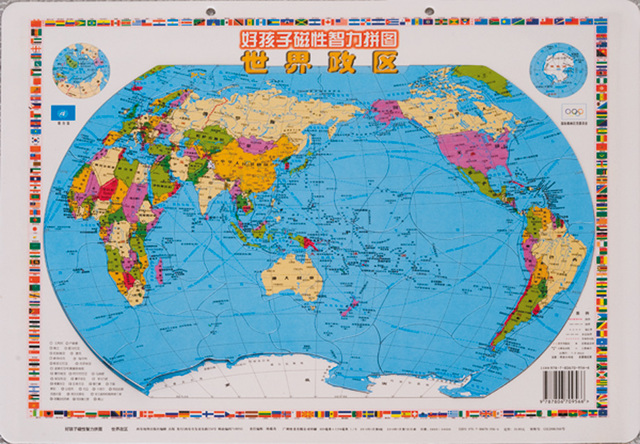

Only during a full Moon (as viewed from Earth) is the whole far side of the Moon dark.

Īt night under a "full Earth" the near side of the Moon receives on the order of 10 lux of illumination (about what a city sidewalk under streetlights gets this is 34 times more light than is received on Earth under a full Moon) whereas the dark side of the Moon during the lunar night receives only about 0.001 lux of starlight. Earthshine does not reach the area of the far side that cannot be seen from Earth. However, the near side also receives sunlight reflected from the Earth, known as earthshine. While many misconstrue this to think that the "dark side" receives little to no sunlight, in reality, both the near and far sides receive (on average) almost equal amounts of light directly from the Sun. The phrase "dark side of the Moon" does not refer to "dark" as in the absence of light, but rather "dark" as in unknown: until humans were able to send spacecraft around the Moon, this area had never been seen. This is, as stated, a result of tidal locking. Instead, its rotation period matches its orbital period, meaning it turns around once for every orbit it makes: in Earth terms, it could be said that its day and its year have the same length (i.e., ~29.5 earth days). If that were so, the whole of the Moon would be visible to Earth over the course of its orbit. Useful observation of the parts of the far side of the Moon occasionally visible from Earth is difficult because of the low viewing angle from Earth (they cannot be observed "full on").Ī common misconception is that the Moon does not rotate on its axis. In total, 59 percent of the Moon's surface is visible from Earth at one time or another. Over time, some crescent-shaped edges of the far side can be seen due to libration. The other face, most of which is never visible from the Earth, is therefore called the "far side of the Moon". Tidal forces from Earth have slowed the Moon's rotation to the point where the same side is always facing the Earth-a phenomenon called tidal locking. ĭue to tidal locking, the inhabitants of the central body (Earth) will never be able to see the satellite's (Moon) green area Īstronomers have suggested installing a large radio telescope on the far side, where the Moon would shield it from possible radio interference from Earth. All manned and unmanned soft landings had taken place on the near side of the Moon, until 3 January 2019 when the Chang'e 4 spacecraft made the first landing on the far side. The Apollo 8 astronauts were the first humans to see the far side in person when they orbited the Moon in 1968. The Soviet Academy of Sciences published the first atlas of the far side in 1960. The remaining 82 percent remained unobserved until 1959, when it was photographed by the Soviet Luna 3 space probe. Ībout 18 percent of the far side is occasionally visible from Earth due to libration. The hemisphere is sometimes called the " dark side of the Moon", where "dark" means "unknown" instead of "lacking sunlight" – both sides of the Moon experience two weeks of sunlight while the opposite side experiences two weeks of night. It has one of the largest craters in the Solar System, the South Pole–Aitken basin.

Compared to the near side, the far side's terrain is rugged, with a multitude of impact craters and relatively few flat and dark lunar maria ("seas"), giving it an appearance closer to other barren places in the solar system such as Mercury and Callisto. The far side of the Moon is the lunar hemisphere that always faces away from Earth, opposite to the near side, because of synchronous rotation in the moon's orbit. It is much more crater-ridden than the near side of the Moon. The far side of the Moon, photographed by Apollo 16 in 1972.


 0 kommentar(er)
0 kommentar(er)
